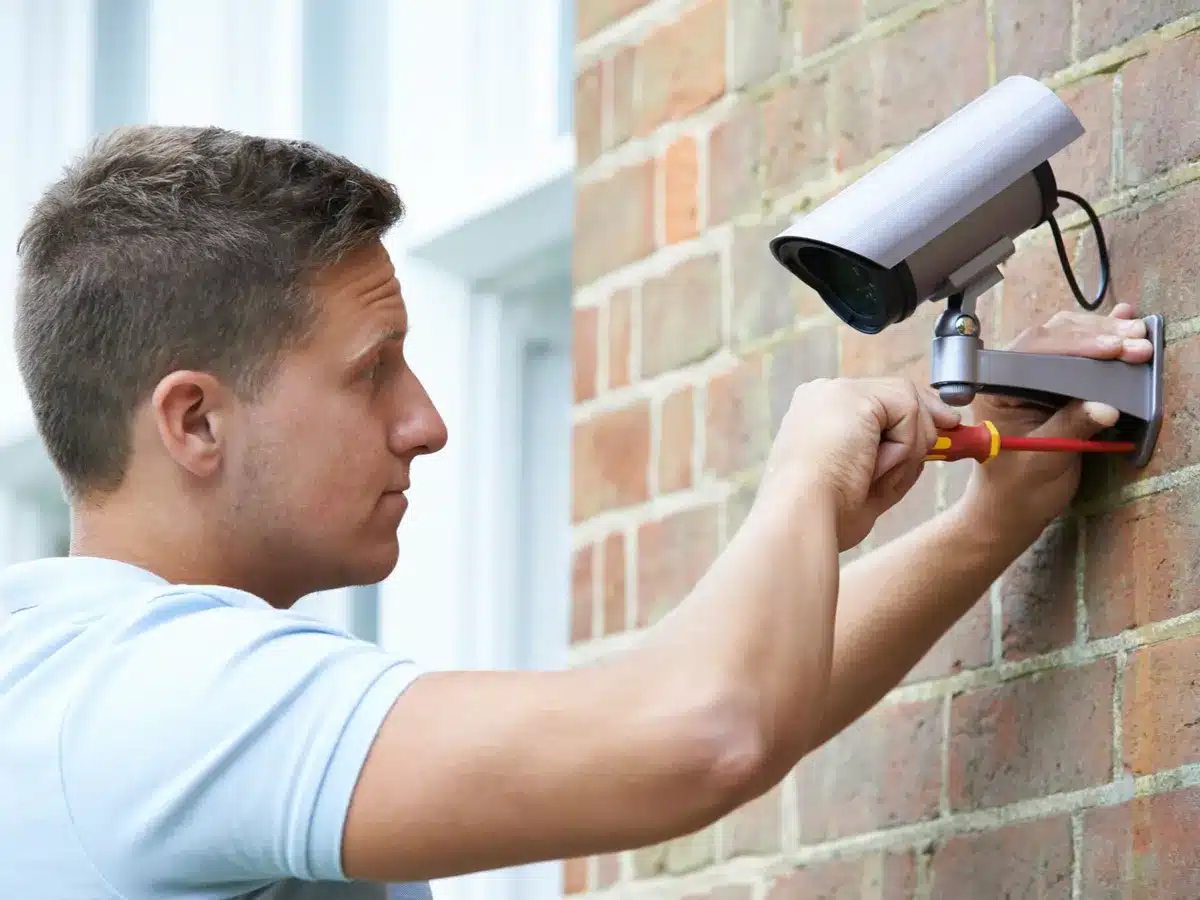How to Recognize Wildlife Around Your Home
Wildlife can creep into your home, whether you live in the city or rural areas. If they intrude, they can become a nuisance to your property. While noises are annoying, some animals can quietly do serious harm to your house.
How can you recognize wildlife around your home? Here are six strategies to deduce the disturbance.
1. Research Local Wildlife

First, it helps to know what’s native to your area. If you just moved to the location, research the animals to see what you may encounter. The local library is an excellent information source if it has wildlife books and field guides. Visit your state or local wildlife agency for detailed information on the region’s fauna.
Another solid way to learn about wildlife is to speak with local groups dedicated to nature. These seasoned veterans have seen animals come and go in the area for decades, so they can help you detect wildlife. For example, expert bird watchers can tell you the four North American flyways where birds travel. Which birds you spot around your home can depend on the season.
2. Consider the Season
Humans enjoy being outside when the temperatures are pleasant, and animals around your home share this sentiment. This can make it extra difficult to perform yard work, with bug bites and animal infestations becoming increasingly prevalent. Consider the season when recognizing wildlife because it affects the possibilities. For example, spring will likely see abundant critters on your property because many emerge from hibernation.
Hot summer temperatures mean they want a place to hide. If the weather becomes extreme, you might not see animals until after sunset. Nocturnal ones such as raccoons and opossums could show up without your knowledge.
Wildlife sightings may decrease as the temperatures cool in fall and winter. However, cold weather could lead to shelter-seeking adventures for outside creatures.
3. Install Cameras

How can you know for sure which animals are outside your home? One of the best solutions is installing cameras around your home.
Security cameras are an excellent start because of their recent advancements. Modern devices notify you when they detect motion and only use energy during these times. These cameras are eco-friendly and outstanding resources for wildlife sightings.
If you have a large property, seeing animals through typical home security devices might be challenging. In this situation, you could benefit from trail cameras. Set up these devices on trees, posts and popular food sources to find the wildlife around your house. Consider a camera for your backyard to capture footage and back up your claims.
4. Recognize the Signs
Animal expertise isn’t necessary, but you can hone your skills by recognizing the signs of specific creatures. For example, experts say the planet has 21 armadillo species, one of which is in the U.S. These animals create cone-shaped holes because they use their heads to dig into the dirt.
Recognizing the signs is vital because it eliminates similar animals as suspects, such as moles and gophers. Differentiating these creatures can be challenging, so use their mounds for reference. Moles create cone-shaped and closed mounds, whereas gophers leave entrance holes. You can monitor for either animal by watching for holes around your plants.
5. Inspect the Damage
If animals damage your property, take action sooner rather than later. While destruction is inconvenient, it could signal what animals are around your home. For instance, chewed wood and damaged wires indicate rat problems because rats want to bite the insulative materials. In the worst-case scenarios, these rodents can cause explosions and fires.
Another way to identify creatures is to examine the damage to your backyard and garden. Check your exterior for signs that narrow down what animal could cause such destruction. Toppled garbage cans likely mean raccoons or opossums have infiltrated your property. Are there holes in your garden? Raccoons could be the culprit, but skunks might also be the prime suspect.
6. Listen for Sounds
While animals are quiet, they don’t have perfect stealth. Listen to the sounds in your house because they could be one of your leading indicators. Noises such as chirping make the determination easier because it means birds are present. Your next step is identifying the type of bird, which is easier if you’re familiar with the local species.
Distinguishing animal sounds can be complex if they’re in the attic. That said, knowing the differences among the local nocturnal and diurnal animals is helpful in this situation. For instance, the sounds of footsteps during the day could indicate squirrels because they’re diurnal. Conversely, rats and mice are typically nocturnal and are likelier to make noises in your attic at night.
Understanding the Wildlife Surrounding Your Home
It’s nearly impossible to avoid any animals in your home, whether you live in the woods or a suburban area. While they can be a nuisance, millions of species inhabit the planet with humans.
If you have wildlife problems on your property, the first step is to identify the creatures. Research your area and contact local wildlife experts to determine the culprits. Animals often leave signs that help them narrow the options.







